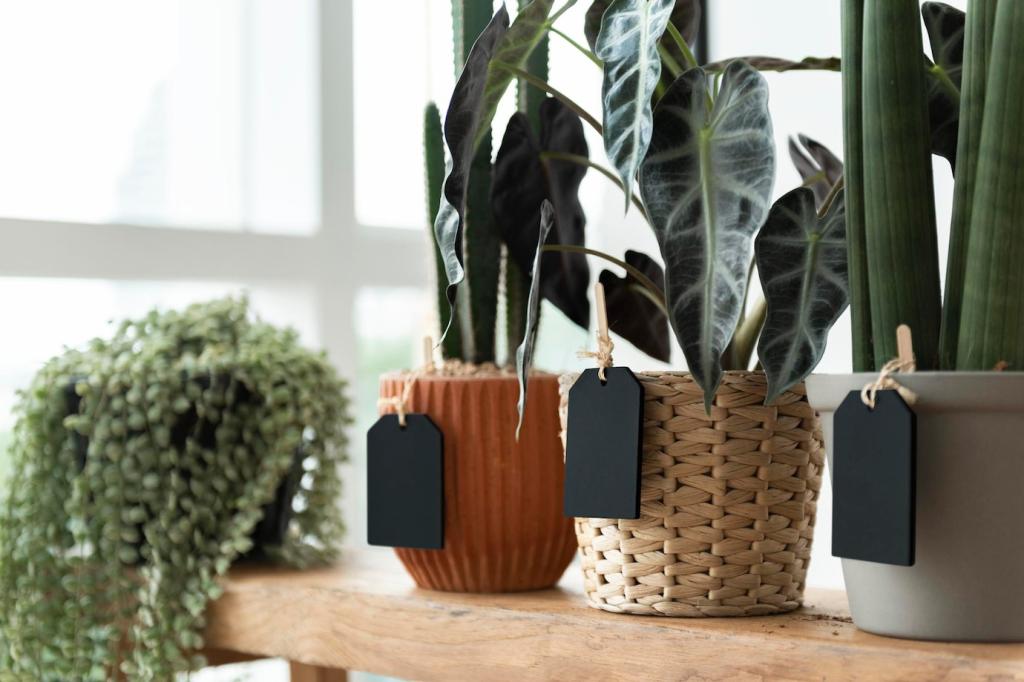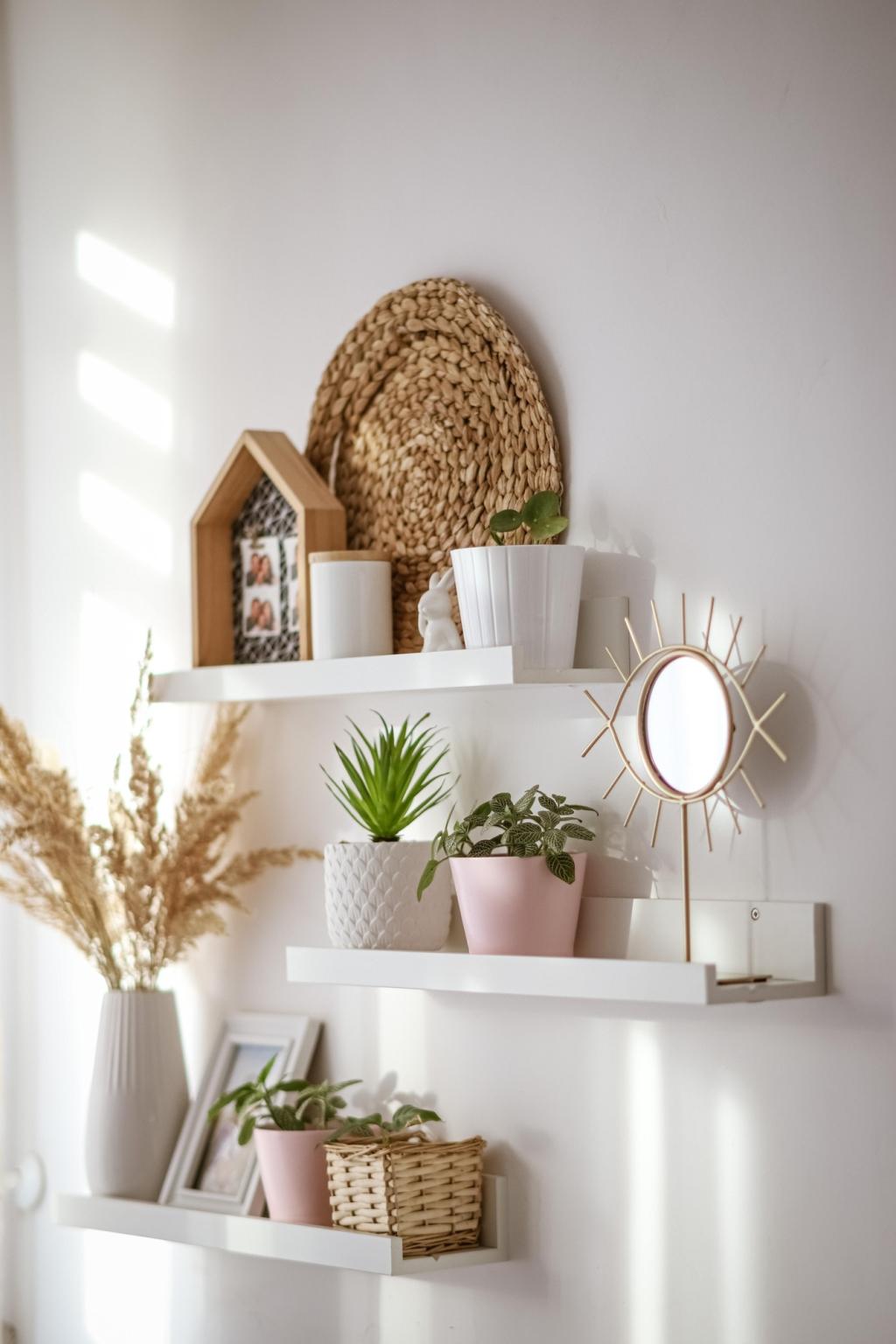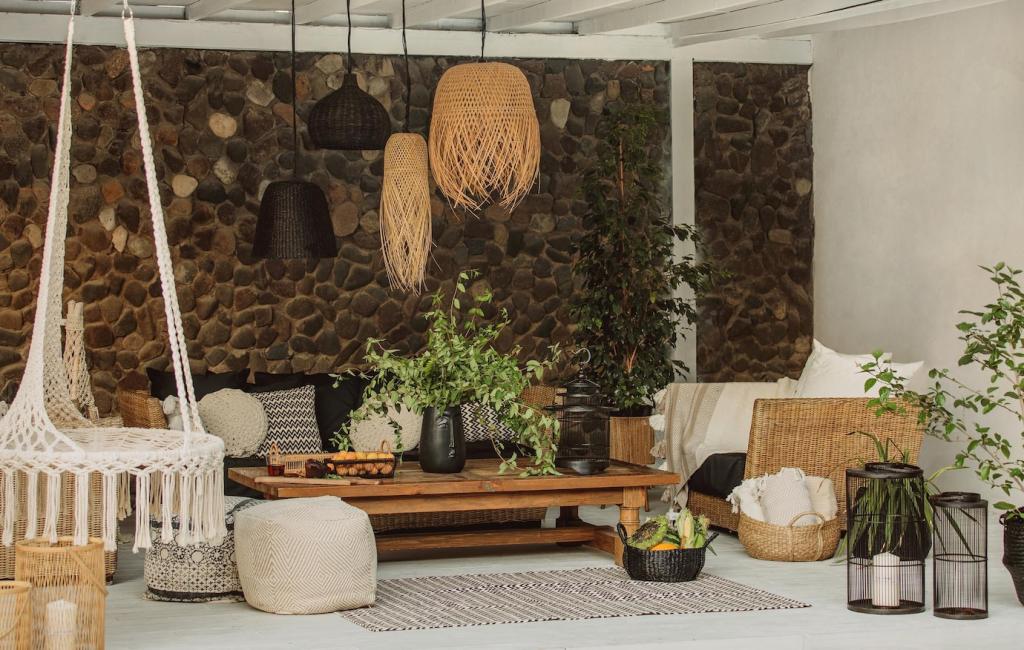
Breathe Better: Designing for Indoor Air Quality
Chosen theme: Designing for Indoor Air Quality. Welcome to a home page dedicated to healthier interiors, where design decisions shape every breath you take. Join our community, subscribe for updates, and share your experiences with creating fresh, comfortable spaces.



Low- and No-VOC Specifications
Prioritize zero-VOC paints, Greenguard Gold finishes, CARB Phase 2 or TSCA Title VI compliant wood, and formaldehyde-free composites. Select low-VOC adhesives and sealants, ventilate during curing, and confirm Safety Data Sheets. Share your go-to healthy alternatives.
Material Transparency, Not Guesswork
Use HPDs, Declare Labels, and EPDs to compare emissions and chemistry. Ask vendors for third-party documentation and factory testing data. Favor suppliers who disclose full ingredient lists, not marketing claims. Comment with brands that earn your confidence.
Renovation Off-Gassing Game Plan
Plan a staged installation sequence, allow adequate cure times, and run a flush-out with maximum ventilation before occupation. Avoid myths like extreme bake-outs; monitor VOCs instead. Activated carbon filtration helps shorten peaks. Share your pre-move-in checklists.



Layout and Airflow by Design
Place printers, garages, workshops, and kitchens downwind from bedrooms. Design pressure cascades from clean to dirty zones, add vestibules where possible, and undercut doors for transfer air. Seal partitions thoughtfully to prevent contaminant backflow into sleeping areas.
Layout and Airflow by Design
Heat drives humidity and chemical emissions. Use shading, low-gain glazing, and balanced insulation to moderate temperatures. Maintain indoor relative humidity between forty and sixty percent to discourage mold and dust mites. Share your favorite passive cooling strategies.
Plants, Purifiers, and Reality Checks
What Plants Really Do
Houseplants enrich mood and biophilia, but typical room-scale pollutant removal is minimal. Soil microbes and leaves can slightly influence VOCs, while humidity may rise. Use plants for wellbeing, not primary filtration. Share species you love for resilience.
Filtration That Works Now
Choose HEPA purifiers sized by CADR for room volume, and MERV 13 or better filters in compatible systems. Add activated carbon for VOCs and odors. Balance noise with clean air delivery, and verify independent test results before buying.
Placement and Care That Stick
Place purifiers away from obstructions and near pollutant sources. Clean pre-filters monthly and replace media on schedule. Keep plant soil appropriately dry, manage trays to prevent mold, and dust leaves gently. Comment with your placement tips and pitfalls.

Know Your Numbers
Watch CO2 for ventilation effectiveness, aiming near eight hundred parts per million or below when feasible. Track PM2.5 under ten micrograms per cubic meter and VOC indices trending low. Calibrate sensors, and compare readings across rooms and times.
Routines That Refresh
Run kitchen and bath exhaust before, during, and after use, especially when cooking or showering. Open windows when outdoor air is good. Adopt a shoe-free policy, HEPA vacuum weekly, and damp-dust regularly. Share your favorite simple daily routine.
Share, Compare, Improve
Create a family or team dashboard, set targets, and review together each week. Celebrate reductions in CO2, PM2.5, and humidity spikes. Post your charts, ask questions, and help others troubleshoot. Join our newsletter for templates and challenges.
Case Story: An Apartment Learns to Breathe
A young family reported stale air, lingering cooking odors, and headaches. CO2 regularly exceeded fourteen hundred parts per million. The lease limited alterations, and winter drafts discouraged window ventilation. Their newborn’s arrival focused the urgency.
Standards, Codes, and Certifications—Demystified
These standards outline ventilation rates and design methods for commercial and residential spaces. They consider occupancy, floor area, and contaminant sources. Use them to size systems, verify air changes, and fine-tune demand control safely and effectively.
WELL Air features focus on monitoring, filtration, moisture, and materials. LEED credits reward ventilation, IAQ management plans, and low-emitting products. Translate requirements into specs, commissioning steps, and post-occupancy checks. Share which credits you’re targeting this year.
Local codes can dictate exhaust rates, makeup air, and combustion safety. Plan early meetings with building officials and property managers, especially in multifamily buildings. Document compliance, and keep maintenance logs. Comment with regional code quirks you’ve encountered.

Climate and Budget Scenarios
Prioritize dehumidification and tight envelopes to prevent mold. Use ERVs to manage latent loads, insulate ductwork, and run bath fans on timers. Choose moisture-resilient finishes, and verify drainage planes. Share your coastal-season playbook for keeping humidity stable.


Climate and Budget Scenarios
Use HRVs for efficient heat retention, control infiltration, and prevent condensation on windows. Place vapor retarders correctly, seal penetrations, and manage humidity around forty percent. Choose balanced make-up air for hoods. Comment with your favorite winter ventilation tactics.
